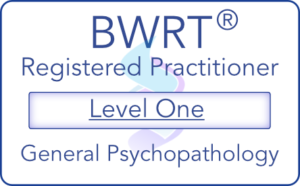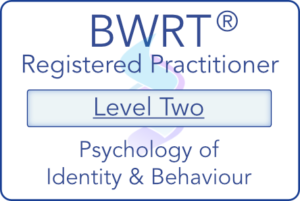
Setting boundaries is an essential aspect of maintaining healthy relationships, whether personal or professional. It’s not about building walls but rather creating a space where you feel respected and understood. Here’s a comprehensive guide to help you navigate the delicate art of setting boundaries:
1. Self-Reflection: Know Thyself
Before setting boundaries with others, take the time to understand your own needs, values, and limits. Reflect on past experiences and identify situations where you felt uncomfortable or overwhelmed. This self-awareness forms the foundation for establishing effective boundaries.
2. Clear Communication is Key
Express your boundaries with clarity and assertiveness. Use “I” statements to convey your feelings and needs without blaming or accusing others. For example, say, “I need time alone to recharge” instead of “You’re always demanding my time.”
3. Be Consistent
Consistency is crucial in boundary-setting. If you waiver or make exceptions, it sends mixed signals. Stay firm in upholding your boundaries, and others will learn to respect them over time.
4. Learn to Say No
Saying no is a powerful tool in boundary-setting. It doesn’t mean you’re selfish; it means you value your time and well-being. Practice saying no politely but firmly, and don’t feel obligated to over-explain.
5. Set Consequences
Establish consequences for crossing boundaries. This doesn’t have to be punitive but can serve as a deterrent. For instance, if someone consistently disrespects your time, you may limit your availability until they understand and adjust their behaviour.
6. Prioritise Self-Care
Boundaries and self-care go hand in hand. Recognize that setting boundaries is an act of self-love. Prioritise activities that recharge you and make them non-negotiable parts of your routine.
7. Adjust as Needed
As life evolves, so might your boundaries. Be open to reassessing and adjusting them based on your current needs and circumstances. Flexibility doesn’t mean weakness; it demonstrates adaptability.
8. Seek Support
Share your boundary-setting journey with friends, family, or a therapist. Having a support system can provide encouragement, advice, and accountability.
Conclusion:
Setting boundaries is a transformative process that enhances your relationships and well-being. It’s not about building walls but about creating a space where you can thrive authentically. By knowing yourself, communicating effectively, and prioritising self-care, you pave the way for healthier connections and a more fulfilling life.






